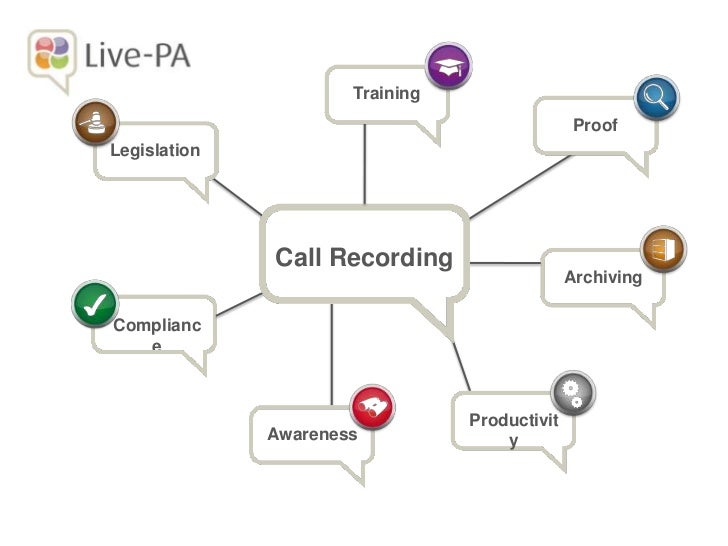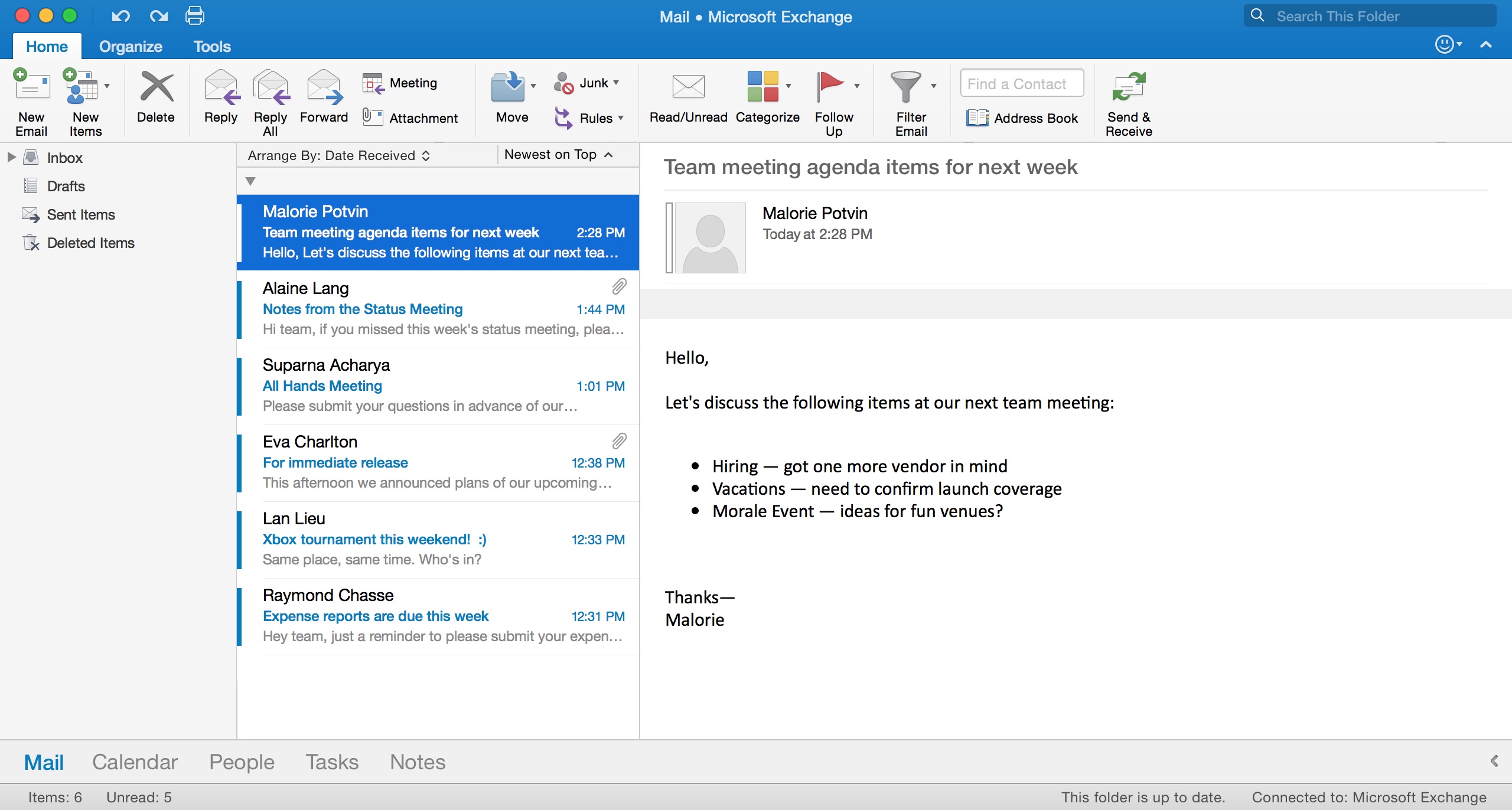Oct 26, 2010 Office Communicator 2007 R2 had brought sharing monitors and desktop to their everyday phone calls and instant messages. With Microsoft Lync we are taking this one step further by enabling you to share applications as well. Skype for Business (formerly Microsoft Lync and Office Communicator) is enterprise instant messaging software developed by Microsoft as part of the Microsoft Office suite. It is designed for use with the on-premises Skype for Business Server software, and a software as a service version offered as part of Office 365. Sep 01, 2014 Customers who purchase Office for Mac Standard 2011 on or after October 1, 2011 will have an Office suite that includes Lync for 2011 instead of Communicator for Mac 2011. Lync for Mac is designed to work with both Lync Server 2010 and Lync Online. Lync for Mac is not supported for OCS Server 2007 R2.
Microsoft Office Communicator R2
-->

Summary
When you sign in to Microsoft Lync 2013, Microsoft Lync 2010, or Microsoft Office Communicator 2007 R2, registry settings for the following protocols are overwritten:
- TEL
- CALLTO
- SIP
- SIPS
- IM
- CONF
When this occurs, the application that you signed in to becomes the default application that supports these protocols.
Workaround
By default, the protocols give priority to use the Microsoft unified communications (UC) clients that are described in the 'Symptoms' section. This may affect usability of third-party UC client software.
To work around this issue, you must configure registry settings for these protocols. To do this, follow these steps.
Important
This section, method, or task contains steps that tell you how to modify the registry. However, serious problems might occur if you modify the registry incorrectly. Therefore, make sure that you follow these steps carefully. For added protection, back up the registry before you modify it. Then, you can restore the registry if a problem occurs. For more information about how to back up and restore the registry, see How to back up and restore the registry in Windows.
Open Registry Editor. To do this, follow these steps:
- In Windows 8.0 or Windows 8.1, press the Windows Function key to open the Start screen. If you are running Windows 7, click Start.
- Search for regedit.exe by using the Windows Search feature.
- Right-click regedit.exe, and then click Run as administrator.
If you have installed Lync 2010 or Office Communicator 2007 R2, locate and then right-click the following registry subkey:
HKEY_CURRENT_USERSoftwareMicrosoftCommunicator
If you have installed Lync 2013, locate and then right-click the following registry subkey:
HKEY_CURRENT_USERSoftwareMicrosoftOffice15.0Lync
Point to New, and then click DWORD (32-bit) Value.
Type DisabledProtocolHandlerRegistrations as the name of the new registry entry, and then press Enter.
Input the correct information about the third-party application that you want in the registry. For example, to change the default application that supports SIP from Office Communicator 2007 R2 to a third-party application that you want, follow these steps:
Locate and then click the following registry subkey:
HKEY_CURRENT_USERSoftwareClassessipshellopencommand
Double-click the default registry entry. Then, change the value to reflect the application that you want to use instead of the Microsoft UC clients.
Note The default value in the registry entry points to the Microsoft UC client.
Prevent Microsoft UC client information from being rewritten to the registry setting that you changed in step B. To do this, add one of the following values to the DisabledProtocolHandlerRegistrations registry entry:
- TEL: 0x0001
- CALLTO: 0x0002
- SIP: 0x0004
- SIPS: 0x0008
- IM: 0x0010
- CONF: 0x0020
Note
- You can sum the values in the list if you want to prevent a Microsoft UC client from being the default application for multiple protocols. For example, to prevent the Microsoft UC client from being the default application for SIP, enter 0x0004. To prevent the Microsoft UC client from being the default application for CALLTO, enter 0x0002. To prevent the Microsoft UC client from being the default application for both SIP and CALLTO, enter 0x0006. To prevent the Microsoft UC client from being the default application for all the protocols, enter 3f.
- The values in the DisabledProtocolHandlerRegistrations registry entry will be unavailable if you change them when you sign in to the Microsoft UC client.
Sign in to the Microsoft UC client. Make sure that the client has not overwritten the registry data that you modified in the previous steps.
For example, if you use a third-party application as the default application for SIP, make sure that the application is in the registry under the following registry subkey:
HKEY_CURRENT_USERSoftwareClassessipshellopencommand
Make sure that the value in in the DisabledProtocolHandlerRegistrations registry entry is correct. For example, the value for SIP should be 0x0004.
Microsoft Office Communicator 2007 R2 For Mac Free

More information
Still need help? Go to Microsoft Community.